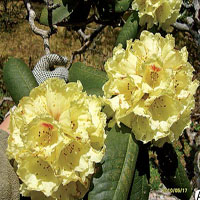A new weevil genus from the highlands of China casts doubts on monophyly of Cotasteromimina (Coleoptera: Curculionidae, Molytinae)
DOI:
https://doi.org/10.13133/2284-4880/459Keywords:
Zembrus perseus, Cotasteromimina, Molytinae, Curculionidae, Yunnan, phylogenyAbstract
We describe Zembrus perseus gen. et sp. nov., a new weevil from Yunnan, China. A single flightless male was sifted from under Rhododendron bush in the alpine zone of the Cangshan Mountain Range. The specimen’s appearance suggests affinities to the molytine subtribe Cotasteromimina, which currently comprises six named species in four genera distributed between Japan, the Andaman Islands, Borneo and the Philippines. To test the species’ phylogenetic affinities, we analysed 73 morphological characters of adult specimens of 23 molytine and one rooting species. Besides Z. perseus, the ingroup includes four named species, each representing a named genus of Cotasteromimina, and two other, likely closely related unnamed species. Phylogenetic analysis using the parsimony criterion and four character-weighting and/or ordering strategies consistently failed to detect a clade of Cotasteromimina, either with or without Z. perseus. The most parsimonious trees are inconsistent, the bootstrap consensus trees are almost entirely unresolved, and previously published DNA data are phylogenetically indecisive. We conclude that either adult morphological characters constitute an inadequate data source to test monophyly of Cotasteromimina or that the subtribe is not monophyletic or both. We illustrate the relevant adult structures of Z. perseus and most of the in- and out-group taxa used in the analysis.
Downloads





